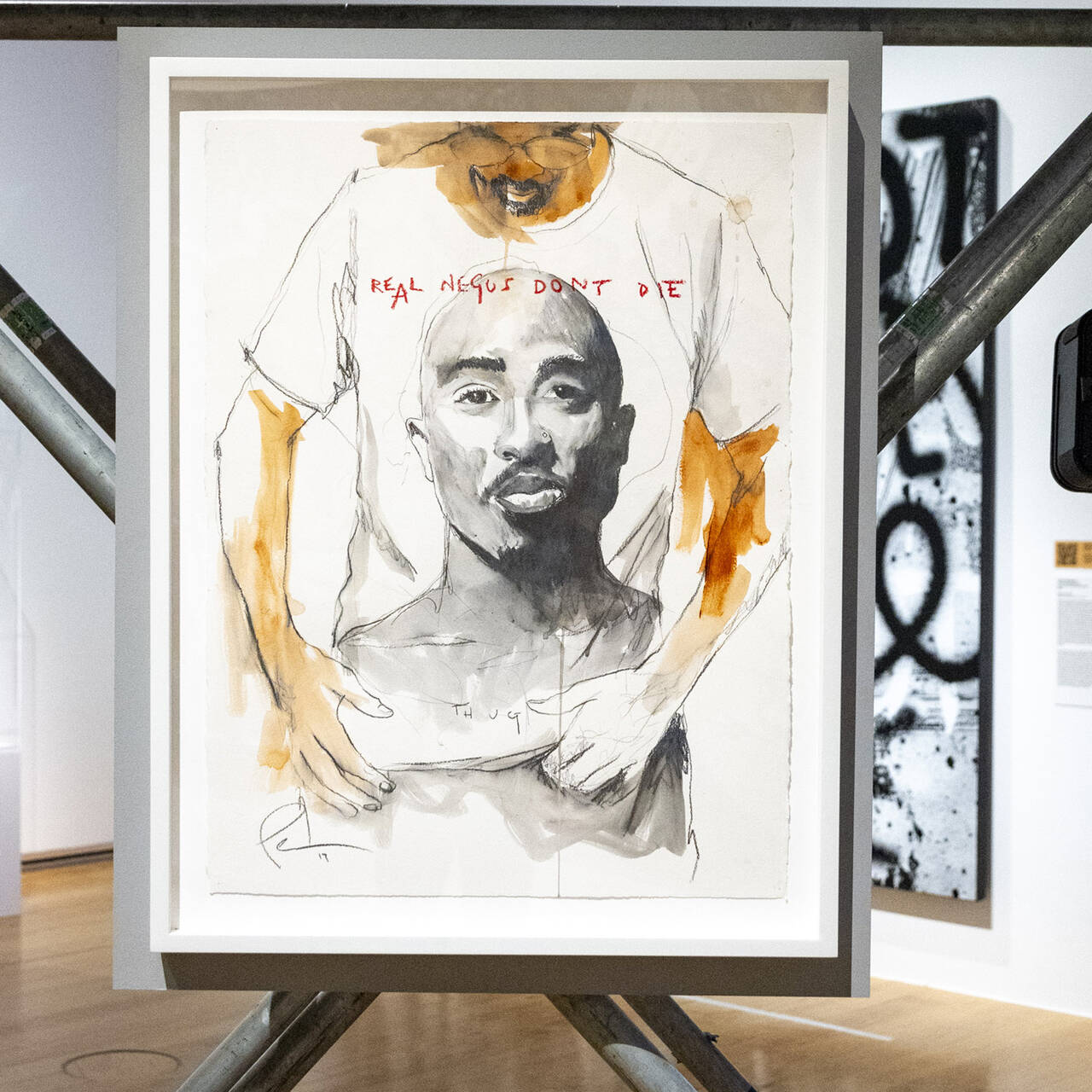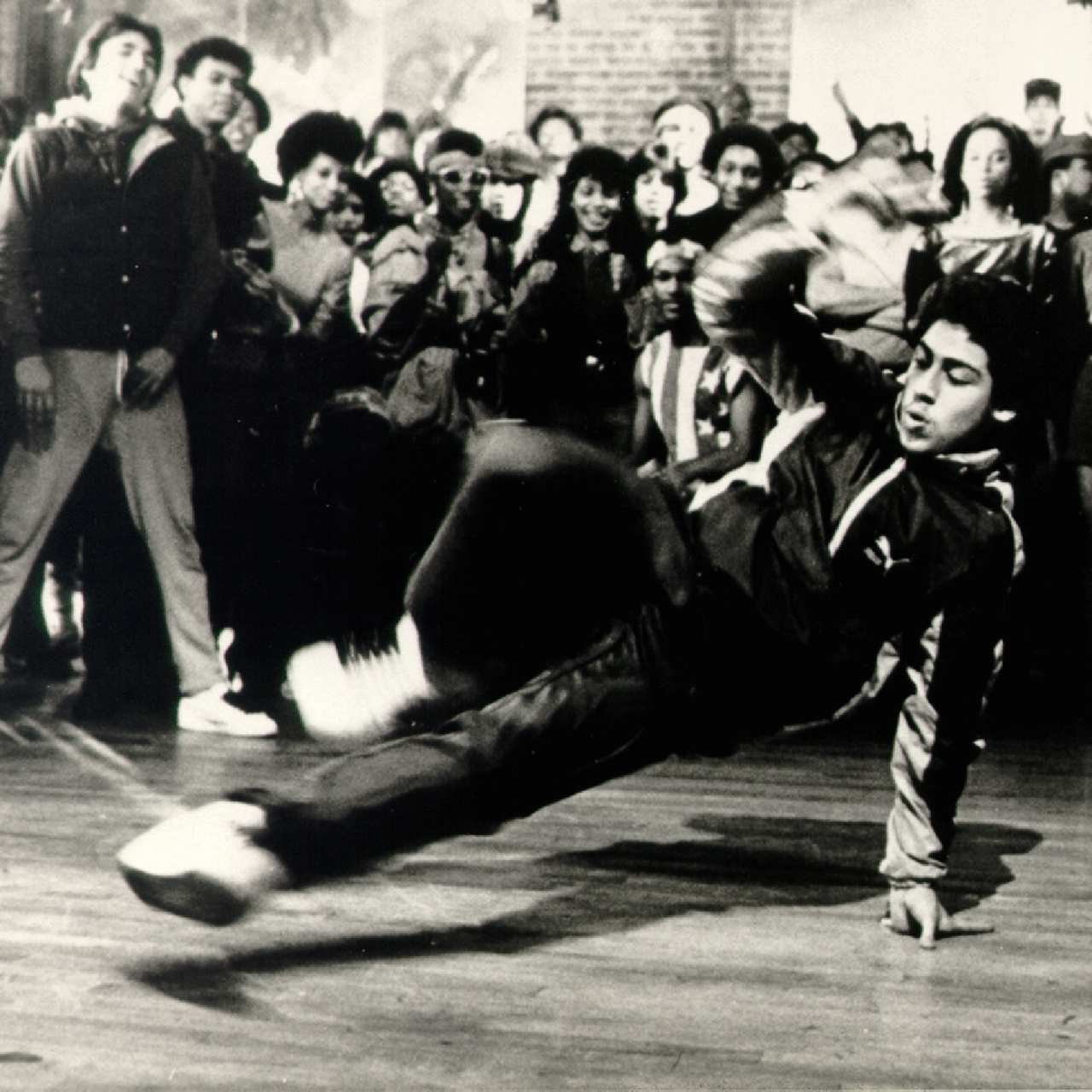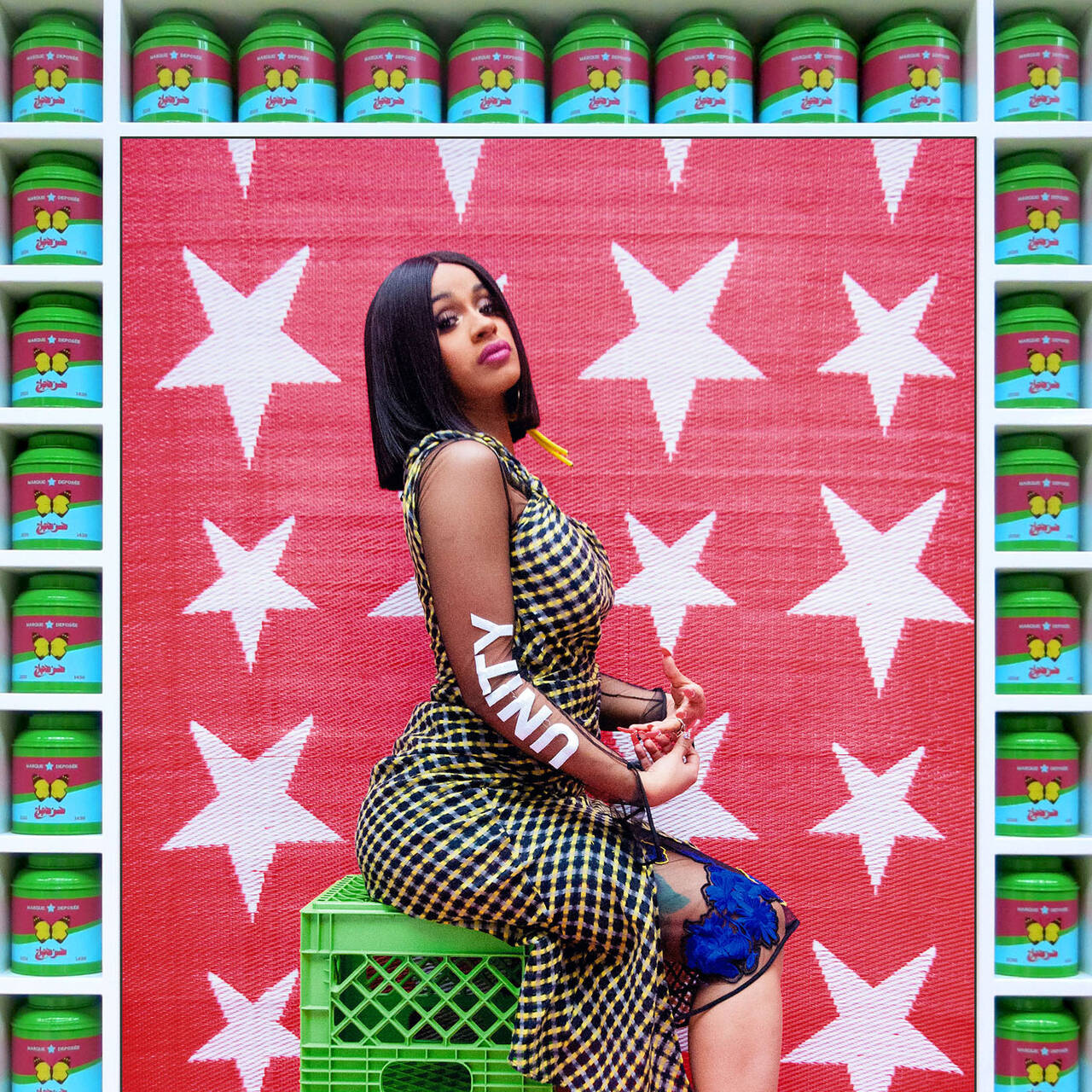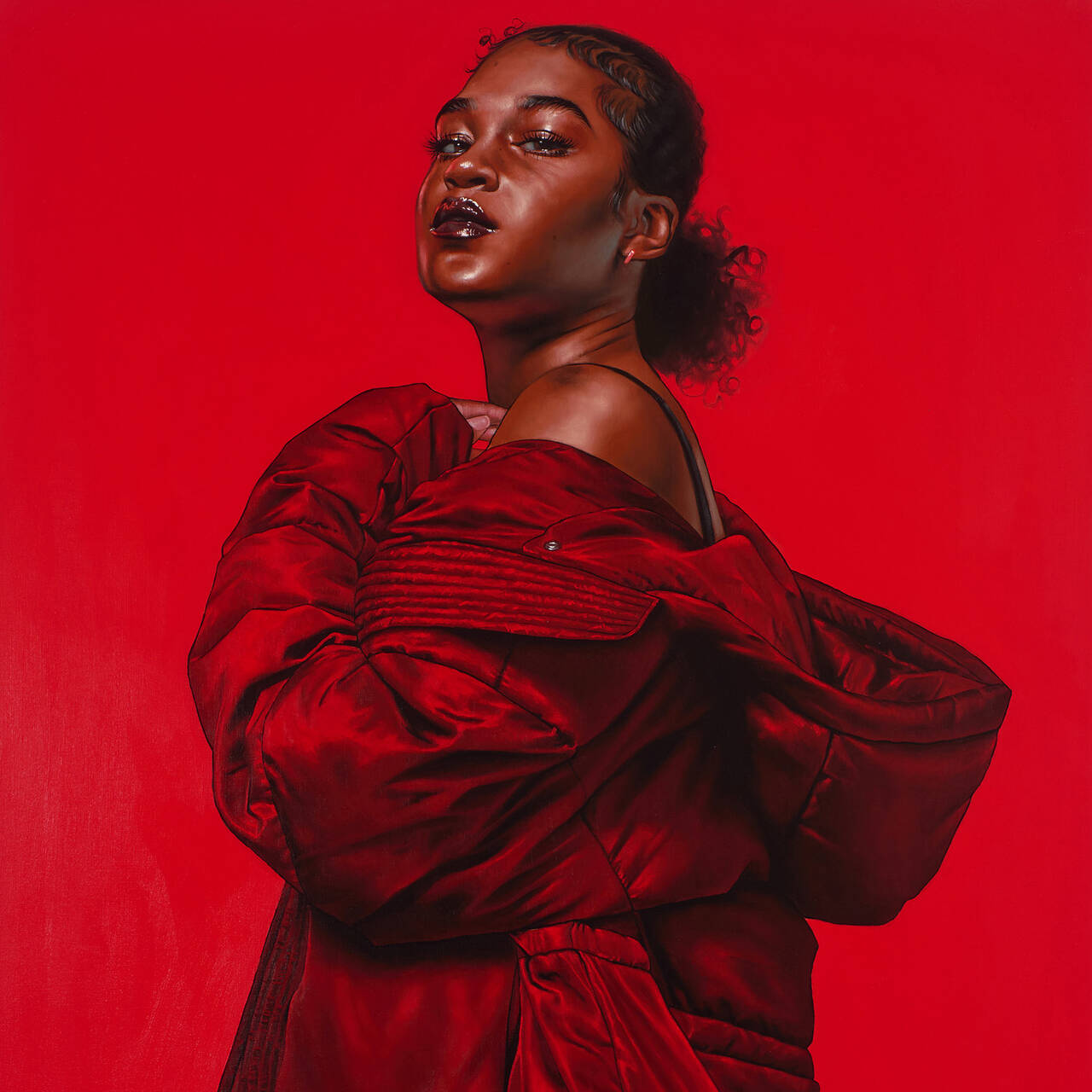Are artists particularly creative when it comes to cooking? We take a look around the kitchens of the art world, this time at the interface between hip hop and food.
When Hip-Hop singer Kelis released her iconic song “Milkshake” in 2003, she had never made a drink of that kind at all. So how did she manage to create such a tasty concoction that it brought all the boys to her yard? And why do so many rappers (note 50 Cent’s “Candy Shop”, Trick Daddy’s “Sugar”, and “Ice Cream” by Raekwon from Wu-Tang Clan) seem to have a constant craving for something sweet?
Milkshakes, broccoli, and devil’s lettuce
The industry is evidently divided, since other colleagues tend to talk about broccoli (E-40 even dedicated an entire song to the vegetable), kale, and the rather mysterious “devil’s lettuce”. Anyone with a balanced diet in mind, however, is on the wrong track, because in the Rap universe you can’t take every word literally. While some song lyrics shine simply for the way they speak directly and bluntly about the reality of the authors’ lives, many songs are peppered with metaphors and hidden messages that are often difficult for outsiders to decipher. Foods are frequently used as ciphers to make covert references to some of the central themes of Rap: Marijuana is referred to, among other things, as “broccoli”, “cabbage”, or “devil’s lettuce”; any talk of “cream”, “cheese”, “cake”, or “dough” is usually referring to money; disputes are “beef”, while “lollipop”, “candy”, and “ice cream” all have clear sexual connotations. What exactly Kelis aimed to express with her “milkshake” is something the artist chooses to leave open – listeners are free to decide for themselves what it refers to.
Cornbread, collard greens, and mofongo
The interfaces between Rap lyrics and anything culinary go far beyond these kinds of double meanings, however. If you listen more closely, the Rap repertoire reveals countless references to African-American soul food cuisine: “It’s Christmas time in Hollis, Queens / Mom’s cooking chicken and collard greens” sang Run-D.M.C. in 1987, and typical ingredients of this kind of southern cuisine, such as cornbread, grits, collard greens, fried chicken, and black-eyed peas appear time and again in song lyrics – Goodie Mob, a Hip-Hop group from Atlanta, even called their debut album “Soul Food”. By naming certain dishes and ingredients, artists refer to their own cultural identity and indicate their belonging to a certain group. The Afro-Caribbean, Latin American, and African-American roots of Hip-Hop are made visible through references to the respective cuisines of the diasporas – including dishes such as West African stews, Puerto Rican mofongo, and Mexican tacos.
Canned food and cockroach muesli
The political and socially critical component that has been an important part of the Hip-Hop movement ever since its birth in the Bronx in the 1970s is likewise conveyed through stories relating to food. The precarious conditions in which many Rap artists grew up become tangible when Ghostface Killah talks about fishing cockroaches out of a muesli box, 2 Chainz describes his diet of canned foods, and The Notorious B.I.G. raps about his memories of eating sardines for dinner every night. At the same time, rappers thus offer their listeners a point of identification and projection and emphasize their own authenticity. “Keeping it real” is a highly regarded commodity in Hip-Hop culture, and this includes references to one’s own origins and socio-economic status.

Action Bronson, image via forbes.com
Pizza on the hood and grilled fiddleheads
Having emerged as a form of creative expression among marginalized youth, Hip-Hop has transformed into a global, commercially successful phenomenon and thus paved the way to social advancement for many artists. Telling one’s own success story is something that has a strong presence in the Rap narrative, and here, too, culinary references are a popular way of demonstrating membership of a social elite. As the counterpoint to fast-food chains like Waffle House, McDonald’s, Chick-fil-A, Roscoe’s, or Taco Bell, which frequently crop up in Rap songs, superstars Jay-Z and Drake like to drop the names of haute-cuisine venues like Nobu or French Laundry. In “Success” (from the 2007 album “American Gangster”) Jay-Z, having grown up in the New York projects, asks: “How many times can I go to Mr. Chow’s, Tao’s, Nobu?”– presumably a rhetorical question for the then rap millionaire (now a billionaire). When Kendrick Lamar casually drops the name of the French delicatessen mustard brand “Grey Poupon” and raps about quenching his thirst with Evian water, he is clearly presenting himself as a connoisseur. Action Bronson, the red-bearded rapper from Queens with a penchant for take-away meals that he places on his car hood and eats standing, is filmed eating scallops with fiddleheads in the Michelin-starred restaurant Marea, it’s a clear signal that he can move effortlessly between the two worlds.
Fat bread, vanilla ice, and black-eyed peas
Perhaps the most obvious connection between Hip-Hop and food is to be found in many artists’ names, as culinary vocabulary often serves as inspiration for band names or pseudonyms – think German band Fettes Brot (“fat bread”), the graffiti artist Cornbread, Salt-N-Pepa (one of the first female Rap formations), Ice Cube, the Black Eyed Peas, or Vanilla Ice. Marshall Mathers, better known as Eminem, called himself “M&M” at the beginning of his career, but opted for a different pseudonym rather than risk getting into trouble with the candy company. Aside from their names, the abovementioned artists have no closer connection with the culinary arts, but for a surprising number of other rappers, gastronomy is very much a second string to their bow.

Cornbread, "I start this shit 1965", image via compulsivecontents.com
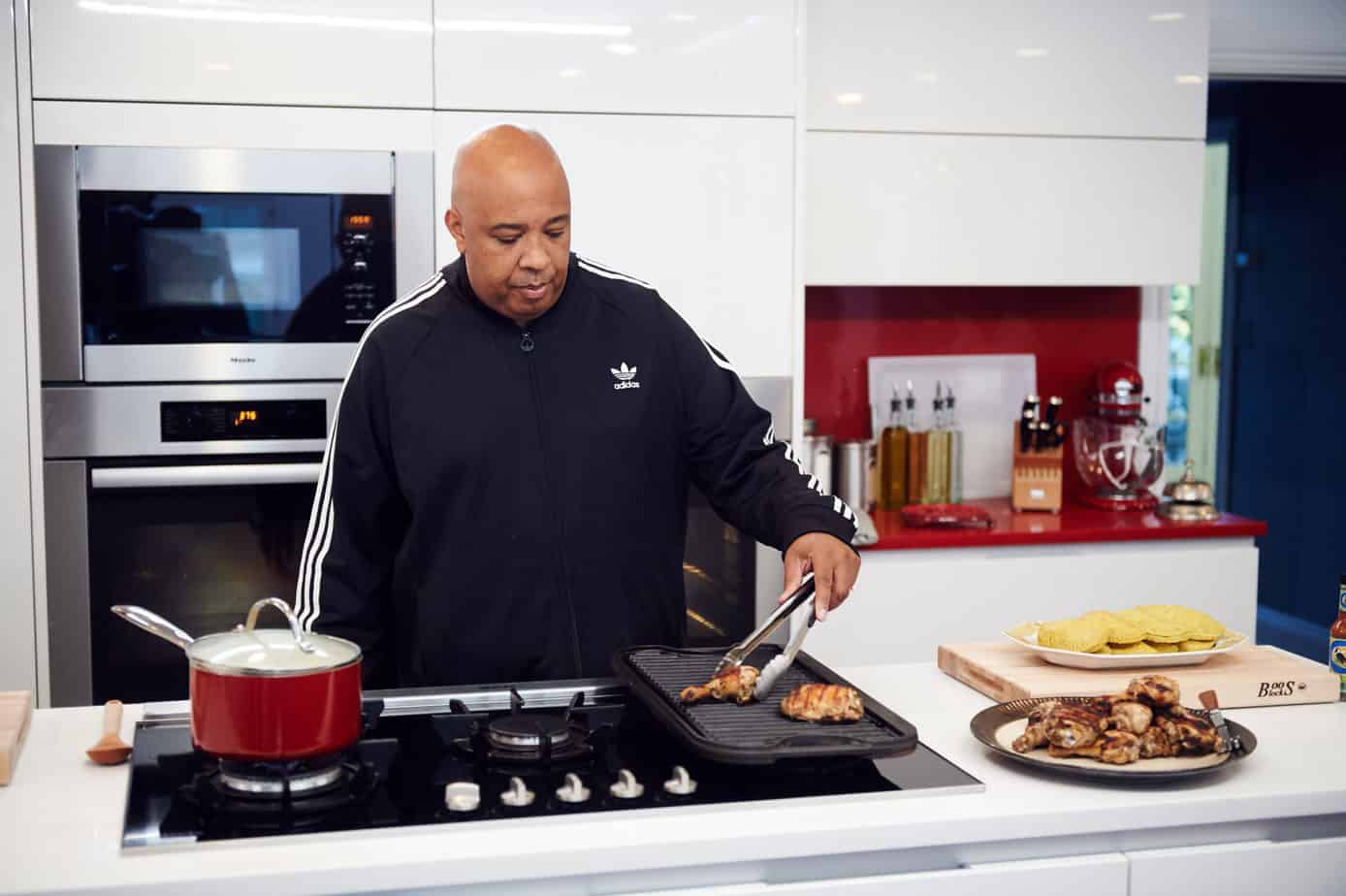
Rev Run in "Rev Runs's Sunday Suppers", image via cantechletter.com

Cooking with Coolio: 5 Star Meals at a 1 Star Price, image via simonandschuster.com
Cooking with cannabis and “ghetto gourmet”
After her megahit, Kelis attended renowned cookery school “Le Cordon Bleu”, published a cookbook, and opened a pop-up restaurant in London. In 2020, she was given her own cooking show on Netflix called “Cooked with Cannabis” in which she sampled – you’ve guessed it – meals seasoned with cannabis. Action Bronson is also a trained chef: His Rap career only took off when he broke a leg while working in his father’s restaurant and was thus forced to take a break. Since then, he has led a double life as a rapping cook and a cooking rapper, demonstrating his almost insatiable appetite on TV shows and even managing to write tasty song lyrics: “Got the lamb rack, pan-roasted, laced it with fennel. Little yogurt that been drizzled over might be a winner. Come and see me, Nona hand-makes the fettuccine.” For Flavor Flav, too, the name says it all: He attended cookery school before stepping into the limelight with Public Enemy. Coolio, meanwhile, not only developed his own cooking show (“Cookin’ with Coolio”), but also his own style of cooking, which he dubbed “ghetto gourmet”. In “Rev Run’s Sunday Suppers” Rev Run from Run-D.M.C. shows himself enjoying a Sunday feast with his family, with his wife Justine doing most of the cooking. One interesting example is Ludacris, who has even managed to market his complete lack of cooking skills on television (“Luda Can’t Cook”).
Roast chicken in buttermilk with added street cred
Yet it is undoubtedly Snoop Dogg who tops the list of Hip-Hop star TV chefs; he was signed in 2016 for a cooking show with one of the most famous personalities on US television: Martha Stewart. Although it seemed bizarre to show the then 75-year-old lifestyle entrepreneur Stewart wielding a wooden spoon alongside Snoop Dogg, who is three decades her junior and supposedly employs a full-time joint-roller, “Martha & Snoop’s Potluck Dinner Party” was a massive hit with audiences – the chemistry between the two was unique and their exchanges extremely entertaining. Indeed, by Dogg’s own standards Stewart has even more street cred than he does: In 2004, she spent five months in jail for illegal stock trades. The recipe for fried chicken with buttermilk, which she learned there from a fellow inmate, is now one of Snoop’s favorite dishes.
:max_bytes(150000):strip_icc():focal(999x0:1001x2)/martha-stewart-snoop-dogg-2-a82d0826e3fb49599a7ec4bd51de9387.jpg)
From left: Snoop Dogg, Martha Stewart, Photo: Anders Krusberg/The Martha Stewart Show, Image via people.com

